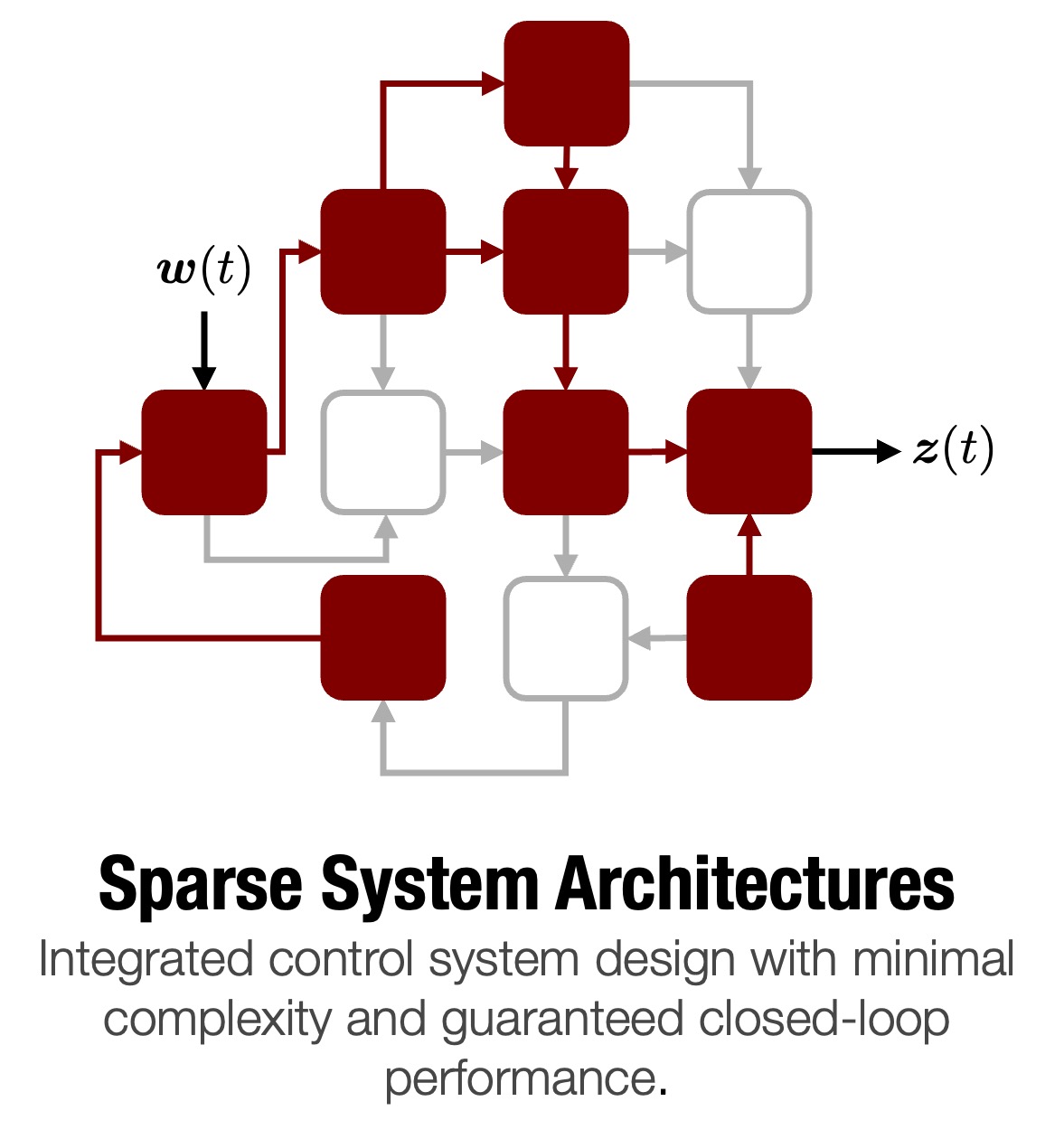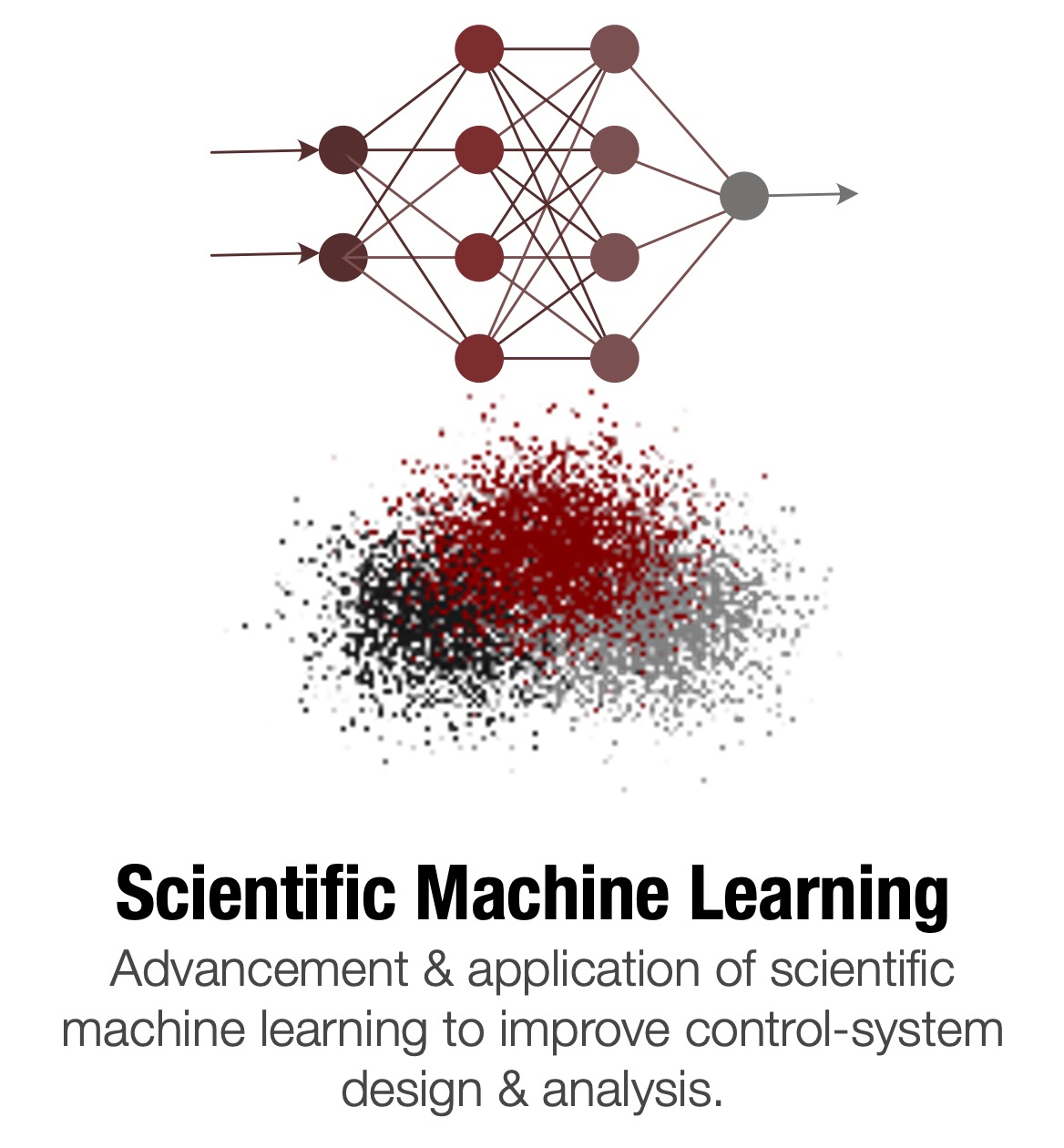ISRL
Welcome to the Intelligent Systems Research Laboratory (ISRL) at Texas A&M University, situated within the Department of Aerospace Engineering. Our research is dedicated to advancing algorithms and analytical methodologies for the design and development of next-generation aerospace systems capable of efficiently operating in uncertain and dynamically evolving environments.





